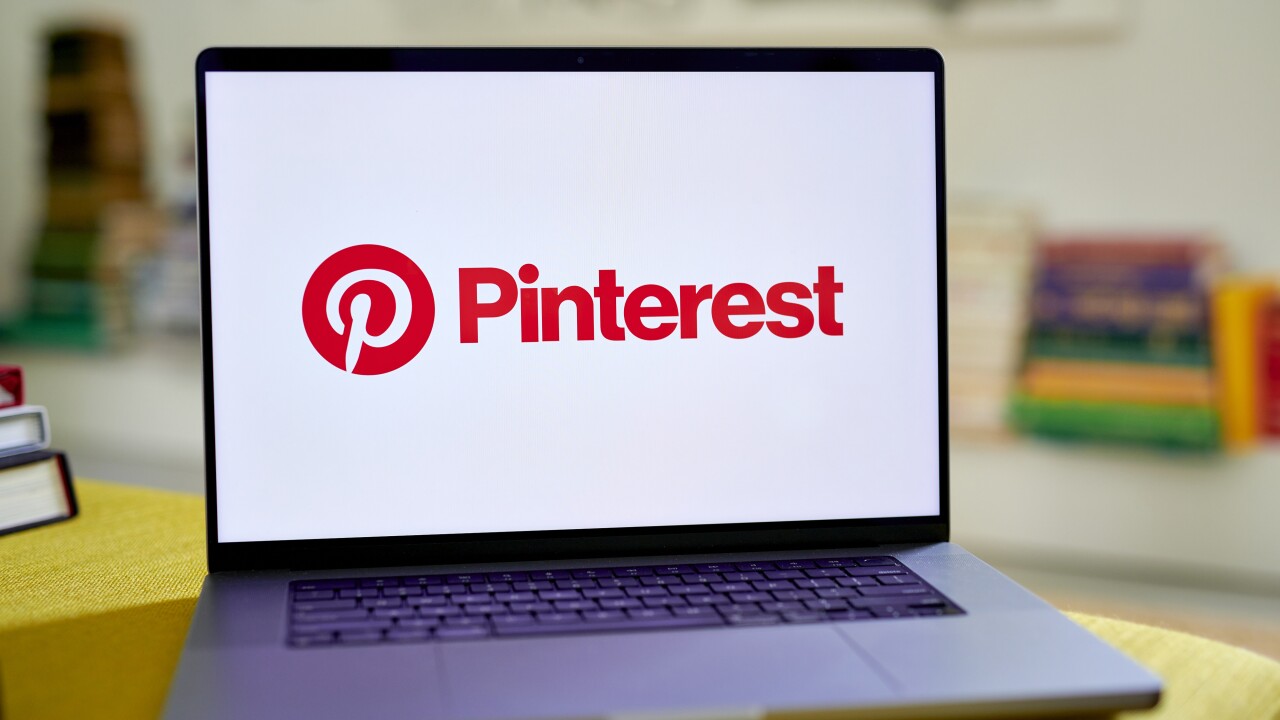Three years after the financial market meltdown, data suggests employer matches in 401(k) plans are almost back to prerecession levels. Some 73% of employers provided 401(k) matching contributions in 2011, up from 68% in 2010, according to an analysis by Charles Schwab.
"For companies that chose to either lower or totally eliminate their match, that was a pain point for employees and may have been a bit of a hurdle for recruiting new employees," says Steve Anderson, senior vice president, Schwab Retirement Plan Services. "As employers return to better financial health, they definitely want to reinstate the match so they can be as competitive as possible with their employee benefits."
In 2007, the aggregate match level in Schwab's plans was 4.19%. At the end of 2011, the aggregate match level was a bit lower, at 3.95%, but Anderson expects that to continue to pick up.
Schwab's also seen a gradual increase in plan sponsor interest in 401(k) advice, with 83% of its employer-clients offering it today, compared with just 42% in 2005. Anderson attributes this growth in part to employers' growing awareness that employees need help. "Most individuals that participate in 401(k) plans didn't start out as investors; they're savers," he says.
Greg Kasten, chief executive officer with Unified Trust, believes "we have to start viewing the 401(k) as a pension plan for the participant," noting that with defined benefit plans, employees have very little to do - they don't have to think about their life expectancy and figure out the cost of their retirement and determine if they are going to run out of money. 401(k) plans, meanwhile, demand more involvement from participants, and it's a role many feel ill-equipped to take on.
"The trend that's emerging out of this, I believe, is that we have to put as many intelligent defaults in place to make sure the participants are going to be successful to have an adequate retirement income," says Kasten.
This year's 401(k) investment update is designed to give you a snapshot of the condition of the nation's 401(k) industry. It contains charts and data on a number of retirement and investment topics from a variety of sources. Use the information to help you determine the state of your own 401(k) and how it aligns with your HR goals and overall business strategy.
The charts covering two pages can be seen





